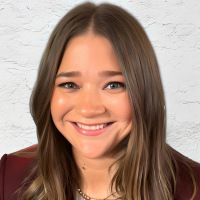Home » Keywords: » water quality
Items Tagged with 'water quality'
ARTICLES
Guest Editorial | Tom Klein
How beleaguered water infrastructure can prepare for PFAS regulation
There is no magic bullet approach for treating PFAS.
September 9, 2023
Clean water and reducing water waste for Earth Day
Plumbers can be the link to not only saving water, but money too.
April 21, 2023
Ongoing water quality issues present opportunities for plumbers
Point-of-use and point-of-entry water filtration systems on the rise.
April 13, 2023
Nicole Krawcke: The war on forever chemicals
First-ever national drinking water standard proposed for PFAS.
April 12, 2023
Guest Editorial | David Ratliff
Water shortages series: The plumbing industry must come together to solve water scarcity and sanitation issues
Part one in a series exploring water shortages and possible solutions
April 10, 2023
Codes Corner: Fixture and fixture fittings in the Uniform Plumbing Code refrigerants
The plumbing code is important to ensure the health and safety of the public are protected during fixture and fitting installation.
January 10, 2023
Codes Corner: Upcoming changes to I-Codes on new lower Global Warming Potential (GWP) A2L refrigerants
Prepare to adapt
December 7, 2022
Get our new eMagazine delivered to your inbox every month.
Stay in the know on the latest plumbing & piping industry trends.
SUBSCRIBE TODAY!Copyright ©2024. All Rights Reserved BNP Media.
Design, CMS, Hosting & Web Development :: ePublishing













